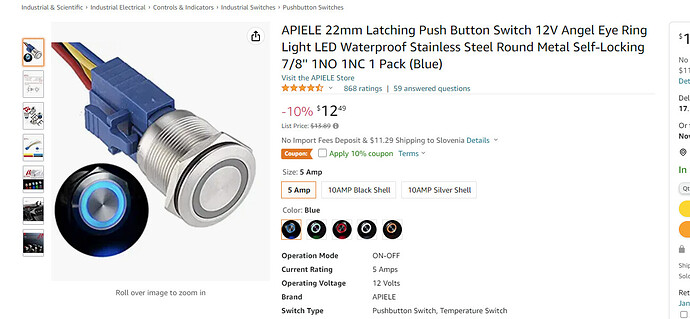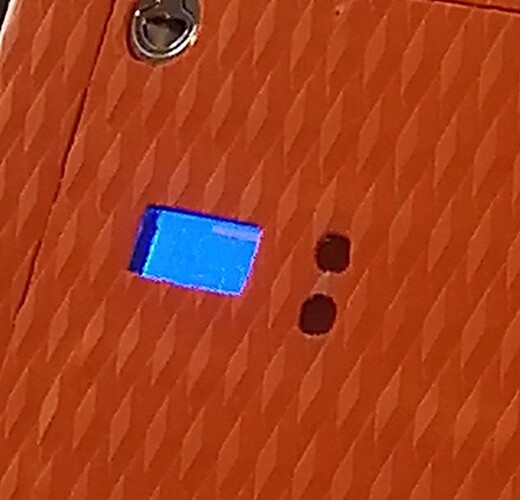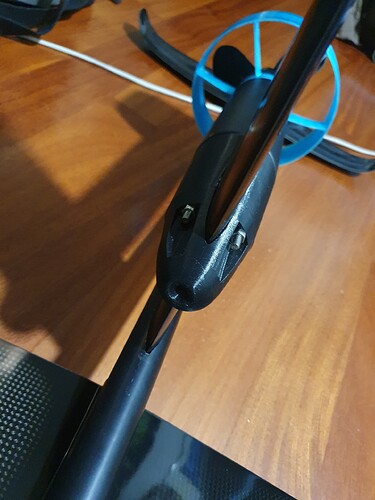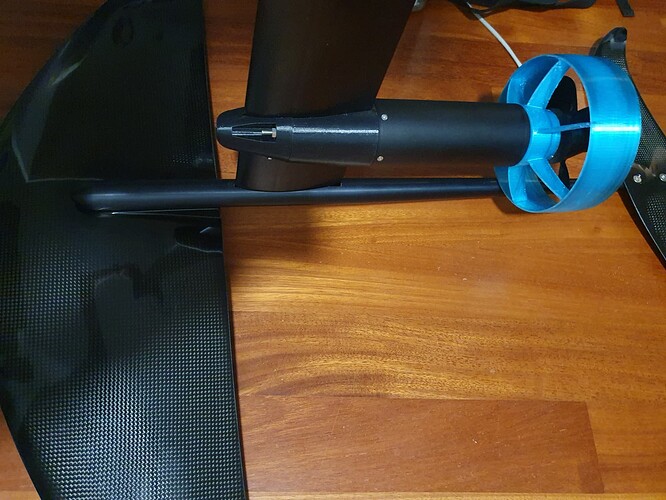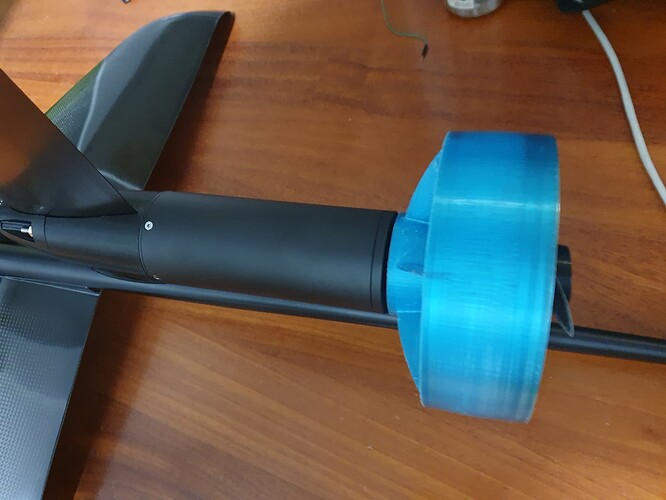With or without pump, the aluminium case above the mast plate has a point.
@kian - great job.
@lukomo - this is a problem I have been trying to solve as well.
The issue;
- You want to be able to connect and disconnect the batteries reliably.
- You want to be able to disconnect the batteries under load - for safety, in case your VESC or your remote fails dangerously - in the full throttle state.
- You want to be able to connect your batteries without the inrush sparking that eventually reodes your switch contacts.
- You may also want a lanyard to a safety switch to kill power if you fall off.
@kian’s solution looks good. I would love to learn more.
I have tried to solve this with the Maytech anti-spark switch, but the cannot handle the current. See this post, I have had three fail;
Maytech will not even talk to me now. I think the main issue is that Mossfet circuits simply cannot handle the big back EMF and high voltage spike that occurs when the magnetic field in the motor collapses when power is cut.
I am also looking at the Arduino option where the Arduino would also throttle down the motor briefly before disconnecting power. So the functionality would be;
- Arduino controls a 300A DC contactor (or Mossfet).
- Arduino receives the input signal from the remote.
- Arduino receives input from a waterproof on/off switch
- Arduino receives input from kill switch
- Maybe arduino talks to a BMS as well
- Arduino monitors temperatures.
Functionality;
- As @Kian highlights - when switch is turned on, arduino switches a relay with a resisitor in it to slowly raise the voltage to the VESC.
- When voltage euqalises, Arduino drops in main battery contactor.
- If on/off swithc or kill switch goes open, arduino throttles down motor for 2 seconds and then drops out main bayyery to propulsion system.
- If arduino detects loss of comms with remote, it throttles down motor and disconnets power.
There may also be the option to use the arm/disarm function of some VESCs.
I plan to use this arduino based processor which is safety rated and runs three cores in parallel to increase safety;
I have used them previously and they are very fast.
I will use one core to control relays. One core to control comms and one core to monitor the other two cores.
I would love to know everyone’s thoughts.
I am just starting a new build. It will have twin MHZ 58s with scorpion motors(on their way) and will use 2 x MakerX new 300A VESCs.
The other reason I am running the remote through the Shiledbuddy is that I need to control two VESCs from the one remote. Essetially, I will have two batteries, two VEScs, two motors and two jets, so there is no single point of failure other than the remote and the Shield buddy (which is safety rated).
I will also have a waterproof hall effect single axis throttle lever built into teh board so that you can over ride the remote.
Maybe you alredy know but just in case you didnt, you can connect the 2 vesc together via CANbus and set one as address 0 and the address 1, make 0 the master and connect the remote to the master, it can fwd the signal to the other vesc via the coms so you can use 1 remote to control multiple vescs.
Thank you! I did not know this.
It’s my dad who made this so I will need to ask him. I will let you know when I know more.
I’m only the tester of his creations 
You’re lucky to have a dad with that skillset!
Does anyone have any expirience with this kind of buttons. They should be waterproof, but I am not sure if its true…
I was looking at something like this:
This push button is rated IP 65, so not 100% waterproof!
We tested a push button with a rating of IP 67, and it was still leaking a little bit.
Link to the button we used (sorry in Dutch) %product-title% kopen ? Conrad Electronic
They are not waterproof, especially when you push them in the wet. If it is for a remote, either use foil keys or piezo. Disadvantage is both are not latching, so you need some logic behind them to recognize a pulse and do somerhing, i.e. switch on the remote.
I will use it to turn on the monostable reley (that means button will be connected to the arduino)
I use similar buttons in my build. But I covered them with rubber from the expander. They have been working for three years! No problems. In our other assembly, we use it without rubber, the season has worked, so far there are no problems!
Why do you want to use an Arduino to just turn on the monostable relay? Or. Will you do like us, and monitor more data from the vesc?
Great, can oyu tell me what latches did you use, and how are they performing?
BR
The main reason for using arduino is to send unique pwm signal to the monostable reley (you turn it on by sending pwm). I might use that arduino to save some basic data to SD card.
If you use a waterproof hatch, these latches will not work, they let water through. We don’t have a hatch. The battery case itself is waterproof, the latches hold the battery.
Well I want to use hatch as same way as lift does. It should hold water, but if anytime a little water comes inside every other component is also waterproof. I need latches that hold water pretty good.
Little update on my build!
Prop is Petg in black, but its just for picture, not for real use. (I had it laying around)
Guys, does anyone have any info where to get GEMlux latches that lift uses in Europe? I could only find those on ebay and in their offical store, but both from USA. Can anyone recomend anything simmilar that is watertight (the cheap chinese ones dont have shaft sealed) and not overpriced and can be bought in EU?
